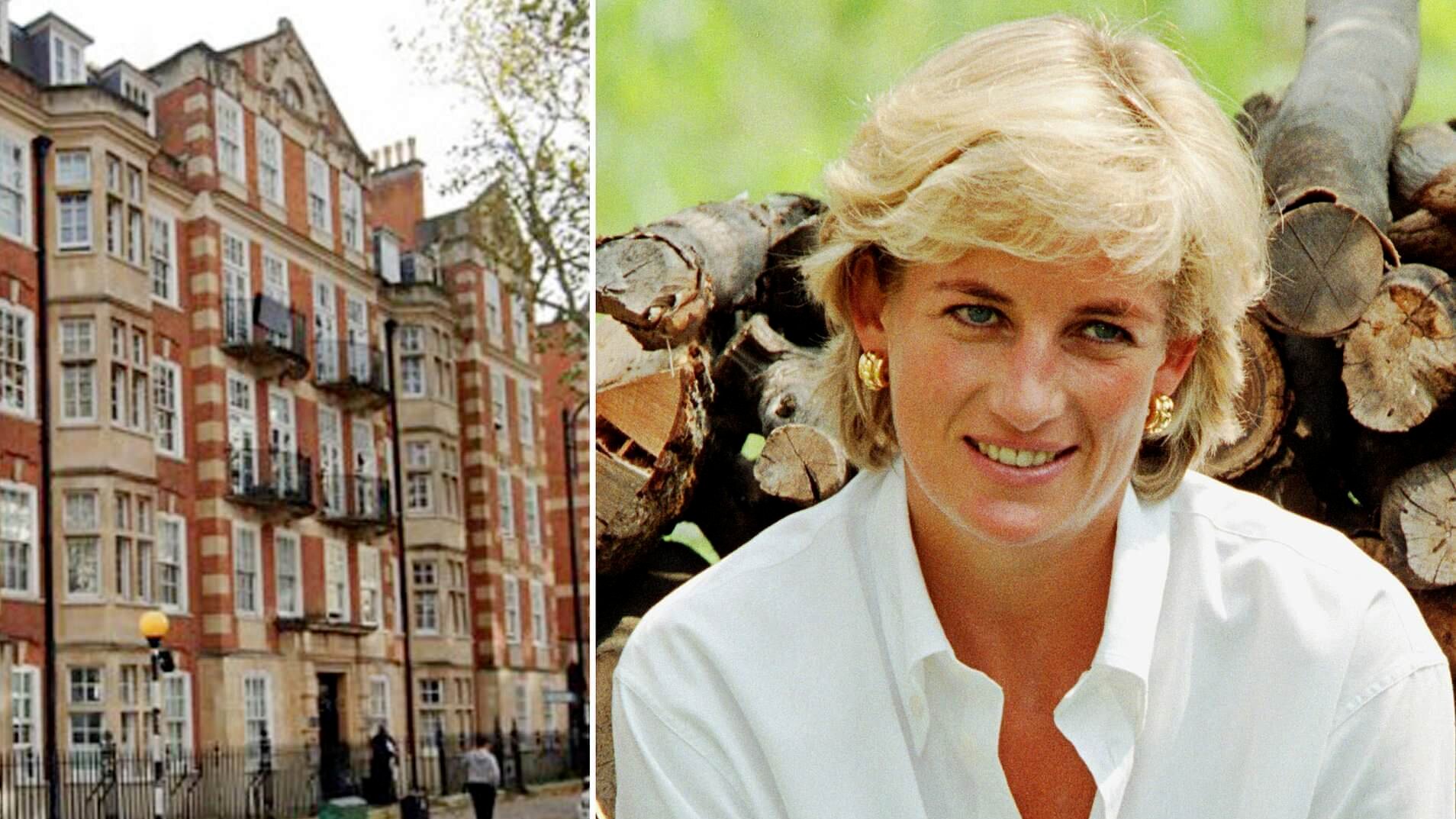
Princess Diana to Be Commemorated With Blue Plaque at London Home
The life and legacy of Diana, Princess of Wales is set to be commemorated with a blue plaque marking her London home.
It is expected that English Heritage will honour Diana with a “memorial tablet” at the Earl’s Court flat that she lived in before marrying the Prince of Wales in 1981.
The charity, which manages hundreds of historic monuments and buildings, will announce the location of the blue plaque later this year.
Diana was nominated by the London Assembly for the honour after the body ran a campaign asking Londoners to suggest women worthy of a blue plaque.
It will make Diana the highest profile former member of the monarchy to be bestowed the honour.
Anna Eavis, English Heritage’s curatorial director, said the princess’ campaigns to highlight issues like HIV/Aids and landmines and her enduring appeal as “an inspiration and cultural icon to many”, were deciding factors.
Diana’s parents bought her 60 Coleherne Court, a property in a mansion block close to the fashionable King’s Road in Chelsea, when she settled in the capital as a young woman.
She shared the flat with a number of girlfriends and was said to have a sign above her bedroom door which read “Chief Chick”.
Diana described the few years she lived in the three-bed flat as “the happiest time of her life”, according to Andrew Morton’s book Diana, In Her Own Words.
“It was juvenile, innocent, uncomplicated and above all fun. I laughed my head off there,” she said.
When she began dating Charles, Diana was reportedly living with friends Anne Bolton and Virginia Pitman. She was said to be charging her flatmates £18 a week and to have been a house proud young woman who set up a cleaning rota.
The apartment was reportedly bought by her parents for £50,000 when the princess, then Lady Diana Spencer, was 18 and working at Young England Kindergarten in Pimlico, central London.
Ms Eavis said: “Her profile and popularity remains undiminished nearly 25 years after she died and clearly a part of that was the ease with which she seemed to communicate with everybody.
“I think what appealed to the panel when they were considering her nomination was she’s undeniably a significant figure in late 20th century Britain, with a close London association obviously.
“She did undeniably play an important role in de-stigmatising HIV/Aids and also towards the very end of her life campaigned in those anti-landmine campaigns which were also very important.”
Diana is being recognised during a year when she would have celebrated her 60th birthday, if she had not died in a Paris car crash in 1997.
English Heritage has also announced the names of five other leading women who will be recognised with a blue plaque on properties closely associated with the individuals.
The crystallographer and peace campaigner Dame Kathleen Lonsdale’s plaque will be unveiled on Thursday, 50 years after her death, at her former home in east London.
Later in the year, other monuments will be erected to fashion designer Jean Muir, anti-slavery campaigner and former slave Ellen Craft, barrister Helena Normanton and social reformer Caroline Norton.

